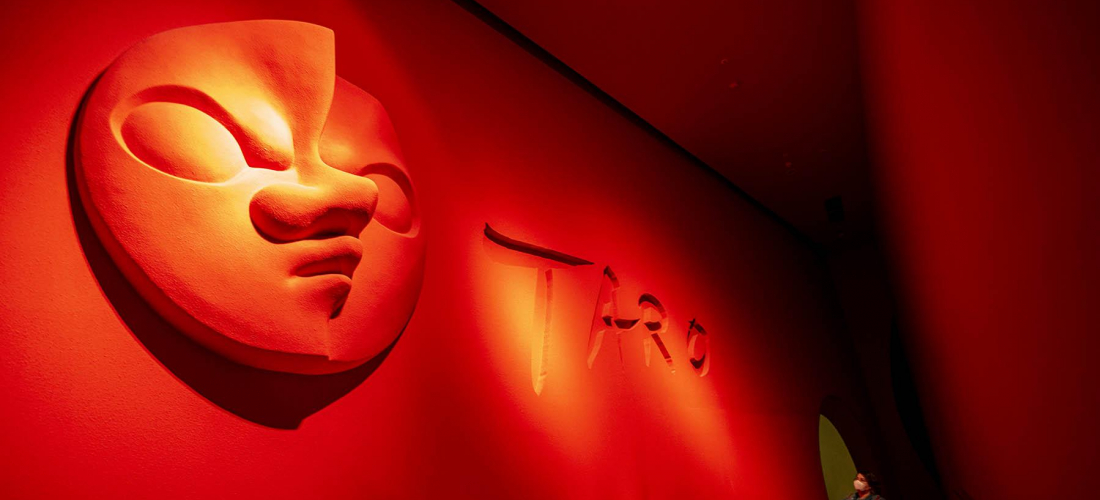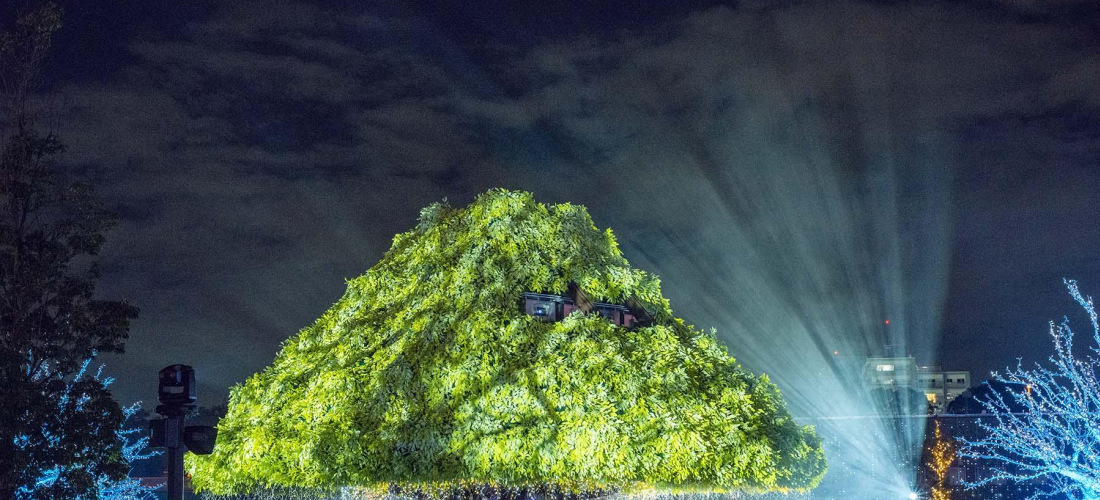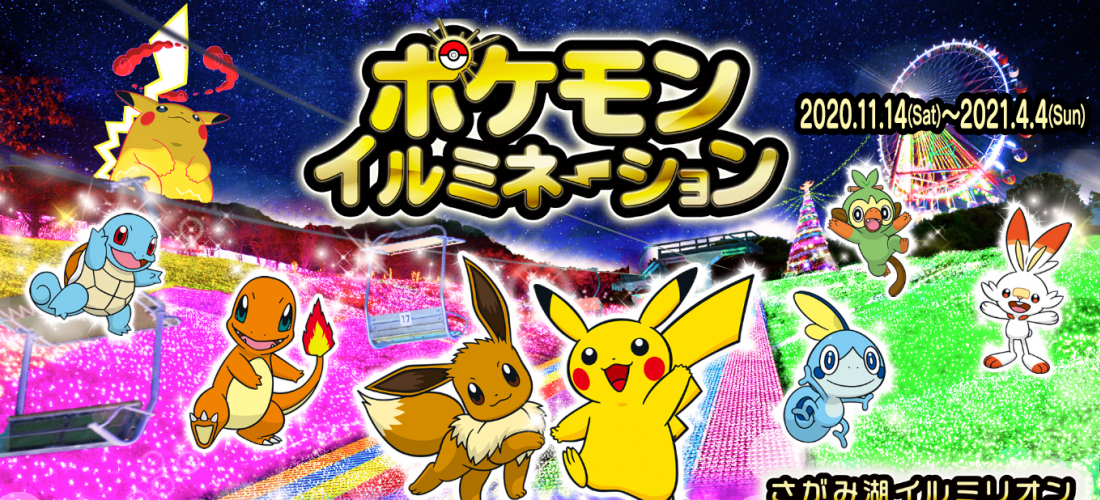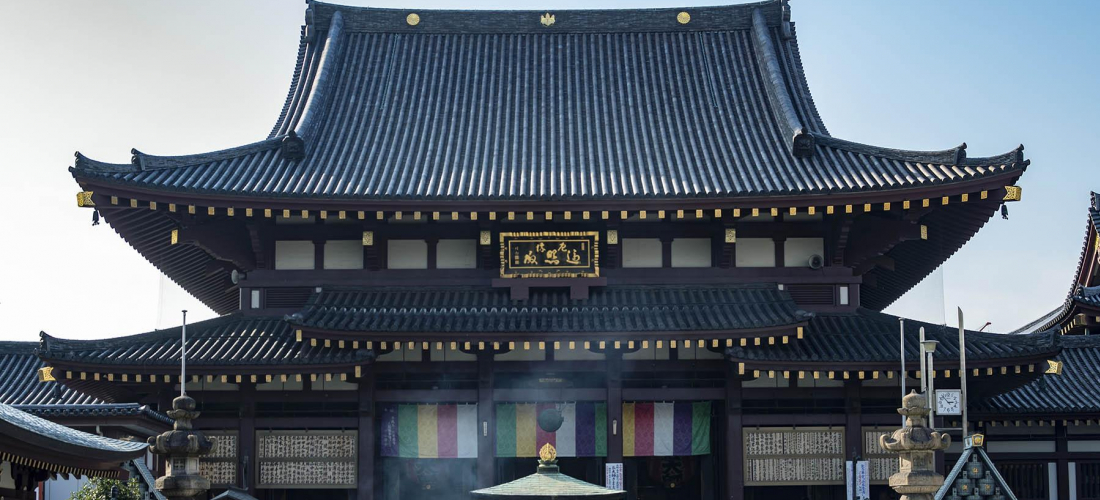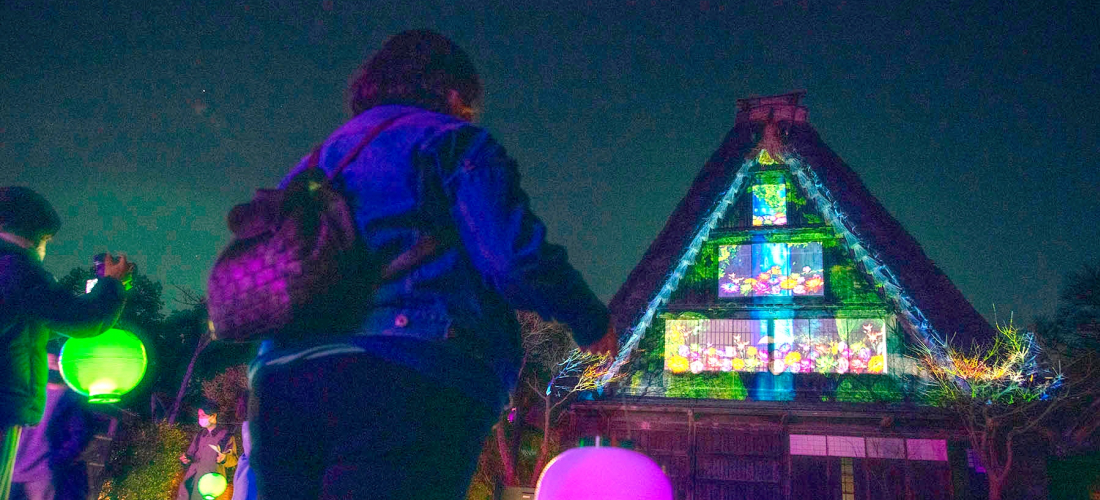
CONTENTS
Head to this special projection mapping event at the Japanese Open-Air Folk House Museum to see how the creativity of modern sound and lighting technology can add to the beauty of Japan’s ancient architecture.
At the Japan Open-Air Folk House Museum
Scattered along a hillside just across the Tama River from Tokyo, the Kawasaki City Japan Open-Air Folk House Museum (AKA Nihon Minka-en/日本民家園) is a patchwork village made up of traditional Japanese homes from all over the country, where each step feels like a leap back in time. The museum is a uniquely otherworldly destination, with a collection of real centuries-old kominka farmhouses where visitors can enter beneath the thatched roofs and poke around the kitchens, traditional inns that might have once hosted samurai, a theatrical stage built over 100 years ago for kabuki performances, and many more beautiful old buildings that look plucked from a picturebook (or maybe a samurai anime). Wandering the museum paths under the sunlight already feels like a trip to another age, but now, the Nihon Minka-en has partnered with Japanese immersive entertainment company NAKED, INC. to turn the space into something from a fairytale, using the magic of light, sound, and technology!
Known for their experiential art, projection mapping, and multi-media installations, the people at NAKED, INC. are experts at transforming spaces into something totally new and different, which is exactly what they're doing for a limited time this March at the Nihon Minka-en. The beautiful buildings in the museum are already treasured cultural heritage properties (many designated important by national or local government), but with the addition of flashy projection mapping from NAKED, INC. after sunset, the space has become a playground of color and sound, shining a new light on the centuries-old buildings. As a more creative take on Japan's popular light shows and light-up events, often called "illuminations," the "Kawasaki x NAKED, INC. Furusato Musubi" event offers a unique combination of traditional architecture and modern technology.
Focused around the clusters of traditional Kawasaki inns and houses that originate from the Shin'etsu region of Japan (seen on the right half of the map above), the Furusato Musubi event features six different spots for visitors to stop along the way, each of which was designed by NAKED, INC. with an underpinning theme of "returning to your hometown." Head over to the event to feel yourself traveling the roads of Edo-era Japan (1603-1868), coming home to a village straight out of Japanese folklore, and immerse yourself in the atmosphere of the Nihon Minka-en like never before!
Kawasaki x NAKED, INC. Furusato Musubi (Kawasaki x NAKED, INC. ふるさと結び)
Dates: February 23 ~ March 31
Hours: 17:30 – 21:30
Tickets:
Tue/Wed/Thur – adults 1,000 yen | children 500 yen
Fri/Sat/Sun – adults 1,400 yen | children 900 yen
Event Website (jp) ・ Ticket Page
Japan Open-Air Folk House Museum (日本民家園, Nihon Minka-en)
7-1-1 Masugata, Tama Ward, Kawasaki, Kanagawa
Museum Website (en)
Seeing the Lights of the Kawasaki x NAKED, INC. Furusato Musubi
To guide the event's "travelers" safely through the night's journey, the first stop at Kawasaki x NAKED, INC. Furusato Musubi is actually just past the front gate, before entering the main area. Each group of visitors is given a "distance lantern" to guide their way, and when held aloft, these colorful lanterns shine one of a variety of different designs onto the ground, each with a diameter of about two meters (six feet). Not only do the lanterns help to keep everyone safe via social distancing, but they make each group of visitors an indispensable part of the art as well! With these glowing lanterns bobbing across the dark night and shining a light upon the path, it's time to set off.
① 旅人達 (Travelers)
The journey starts on the smooth, dirt-paved floor of the open-air museum's Suzuki House, a Kanagawa Prefecture Important Cultural Property that once served as lodgings for 19th-century travelers who were making their way on horseback. This inn had no separate stables – the horses settled in beneath the same thatched roof as their riders, not far from the humans' raised wooden floor, and now the rough white wall behind the horses' water trough serves as screen for a work of light and shadow. Where tired horses were once tied up after a long day of travel, behind the hearth used only for godly rituals, the wall now seems to open up onto a view of silhouetted journeys across the mountains and forests of the Japanese countryside. It's not hard to slip into the shoes of this spot's main characters, and feel the longing of a historic Japanese traveler just out of reach of their hometown.
② 旅立ちの門 (Bon Voyage Gate)
At the next stop, dramatic music and ever-changing projections of traditional Japanese designs transform the gate to the Saji House into a grand entrance welcoming travelers to this unique art-filled light-up event. The growing reeds and colorful patterns projected onto the gate's plaster walls are designed to entice travelers, drawing wanderers on along this nighttime walk through Japan's past, present, and future!
③ 彩の庭 (Garden of Colors)
While the first two spots on this night walk are full of great visuals and cool atmosphere, part of the goal of this illumination event is to involve all five senses, making it a treat for more than just the eyes. Nowhere is that clearer than at the Garden of Colors, which is tucked away in the yard space behind the Misawa House, once an inn and an apothecary in Nagano Prefecture. For the limited period of this event, visitors who walk through the house will find themselves led to the garden by an alluring floral fragrance, reminiscent of the smells that drift out of a luxury cosmetics shop, or perhaps the natural scents of the traditional medicines once sold in this apothecary. The gentle springtime aroma provides a background for the Garden of Colors' main event – an AR flower garden experience, viewed through the screen of your phone!
The blooming AR flowers work through the NAKED INC PLAY! app (Apple/Google), which scans the sign to start the flowers growing! The AR effect of colorful flowers and leafy greenery sprouting right from the ground of this traditional backyard really adds to the fun of the experience, but the app can take a little bit of time to set up, and the cellphone coverage within the open-air museum can be a little patchy (they do have wi-fi that requires a separate app). We recommend downloading the NAKED INC PLAY! app ahead of time, registering an account, and even downloading the Flowers AR data before you get there, to make the flower-fille garden experience smooth and easy when you arrive!
④ 周音の水 (Circling Sound Waters)
Around and around this water wheel turned, almost 200 years ago, and around and around go the blue flashes of light in this water-inspired work of modern video art. The power generated by the Nihon Minka-en's water wheel once played an essential role in the everyday lives of the Nagano villagers who built it in the mid-19th century, using it to polish rice, grind flour, and pound straw into a soft and pliable building material. Now, flowing lights reimagine the power of the rushing water as it pushes its way past the wheel, and even as it drains away down the small canal, trails of glowing light show the movement, energy, and vitality of this clear stream.
⑤ 名主の迎え (Village Chief’s Welcome)
As the route finally nears the end of this journey through a timeless Japan, Nihon Minka-en visitors come together to participate in the art once again, with an interactive artwork that delivers the warm welcome of a village homecoming. A rainbow of shifting lights casts a multitude of multicolored shadows against the wall of the Sasaki House, built in 1731 as the home of a village headman, and the lively crowd of colorful shadows turns even one person into a busy village gathering. Entering the scene yourself, it's easy to feel the connection to Japan's history, and it's even easier to take some great photos. This is undoubtedly one of the event's most popular photo spots!
⑥ 記憶の窓 (Window of Memories)
The final work of art at Kawasaki x NAKED, INC. Furusato Musubi is the Window of Memories, where a spell has been cast on the shoji paper doors under the eaves of the steep thatched roof of the Yamashita House (originally built in Gifu's famous Shirakawago), turning the side of the house into a magical window. As visitors perch on the bench-like porch of the Sasaki House, just across the way, they can watch as projection mapping "opens" the high shoji doors onto views of beautiful kominka houses all across Japan, built in all shapes and sizes with architecture changing to suit the region's climate, or sometimes to suit the region's style. The video roves around Japan, and through the country's four seasons, inviting viewers onto their own voyage of memories as well. The Japan Open-Air Folk House Museum may not be anyone's real hometown, but the celebratory homecoming found at the end of this route is a satisfying end to a unique journey through the beauty of Japan, past and present!
⑦ クロッシングマルシェ (Crossing Market)
For weekend visitors, the event doesn't end there! On Saturday or Sunday, the real last stop before leaving the Furusato Musubi event is actually the Crossing Market, named for the mixing of culture past and present. With booths from a variety of artists who work and create traditional goods in present-day Kawasaki, and food stalls from local Kawasaki eateries as well, the market offers a little additional immersion into local Japanese traditions – and a chance to take a little bit of that tradition home, as well!
Make Your Way to This One-of-a-Kind Light Show!
Ready to visit the Japan Open-Air Folk House Museum for a night of fun and photoshoots, but not sure where to start? Fortunately, it's easy enough to get there! From Shinjuku Station, the Odakyu Odawara Line goes straight to Mukogaoka-Yuen Station, which is a 13-minute walk from the museum's main entrance! (The Tokyo Metro Chiyoda Line is also sometimes connected directly to the Odakyu Line, which means there are some direct trains from Harajuku too!) For those already in Kawasaki, the JR Nambu Line goes from Kawasaki Station to Noborito Station, which is a 20-minute walk from the front gates, and it also stops at a couple slightly farther stations that have buses to bring you a little closer.
Hoping for a little more help finding your way, or even some tips on what else to check out while visiting Kawasaki? Kawasaki's Tourist Information Center is right near Kawasaki Station's north ticket gate (or on the other side of the Atre shopping center when coming from the central ticket gates). The staff there are not only experts on the city of Kawasaki and its transportation routes, but they'll also explain it all in English, so you can be sure you know where you're going! With the sights and sounds of the Kawasaki x NAKED, INC. Furusato Musubi event waiting to welcome you to the Nihon Minka-en this month, there's no time to waste, get out there and see the lights of Kawasaki!
Want more info and updates from Japan? Check Japankuru for new articles, and don't forget to follow us on Twitter, Instagram, and Facebook!
Details
NAME:Japan Open-Air Folk House Museum (日本民家園)
COMMENT
FEATURED MEDIA
VIEW MOREMAP OF JAPAN
SEARCH BY REGION

LATEST
VIEW MOREEVENT CALENDAR
VIEW MOREMOST POPULAR
 Tokyo Winter Recommendation: Don’t Miss Tokyo Mega Illumination, Japan’s #1 Light Show
Tokyo Winter Recommendation: Don’t Miss Tokyo Mega Illumination, Japan’s #1 Light Show ป้ายยาสินค้าน่าซื้อในร้านขายยาญี่ปุ่น | KOWA ผลิตภัณฑ์เพื่อสุขภาพสำหรับคนยุคใหม่
ป้ายยาสินค้าน่าซื้อในร้านขายยาญี่ปุ่น | KOWA ผลิตภัณฑ์เพื่อสุขภาพสำหรับคนยุคใหม่ Okinawa Family Road Trip: Japanese Glasses Shopping at San-A Urasoe West Coast PARCO CITY, Discount Coupons, & Okinawa Sightseeing with JINS
Okinawa Family Road Trip: Japanese Glasses Shopping at San-A Urasoe West Coast PARCO CITY, Discount Coupons, & Okinawa Sightseeing with JINS

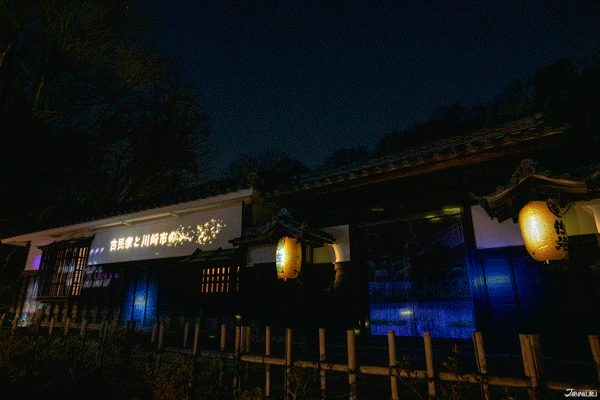
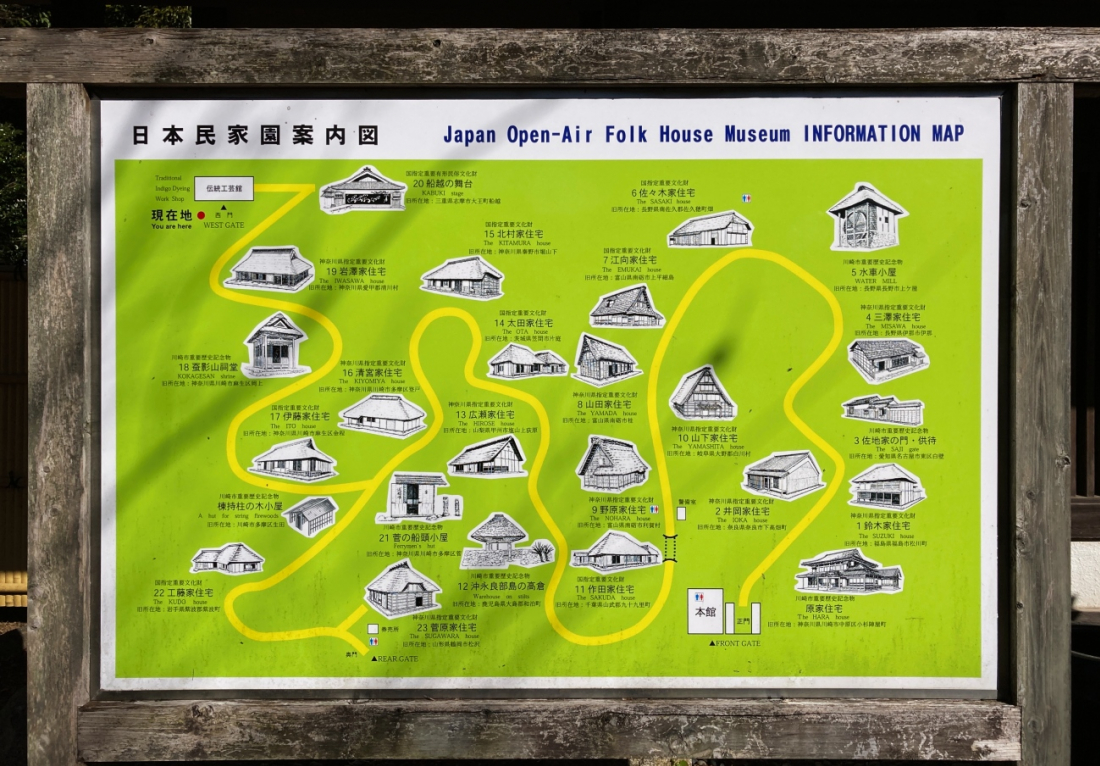
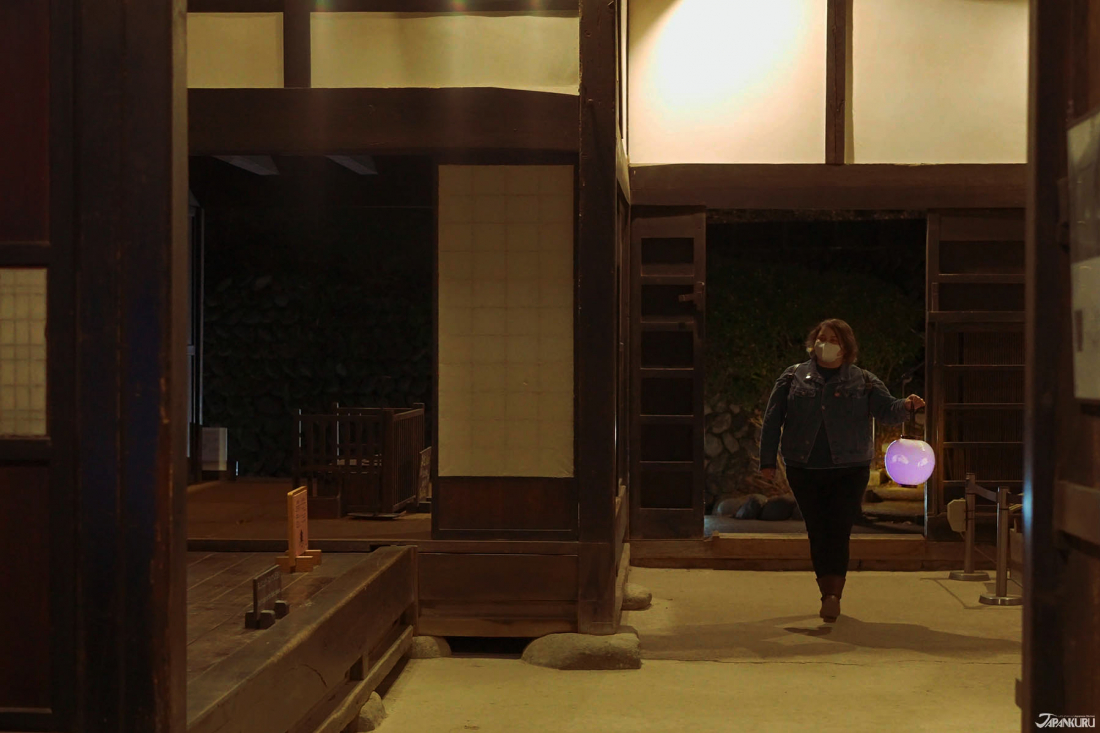
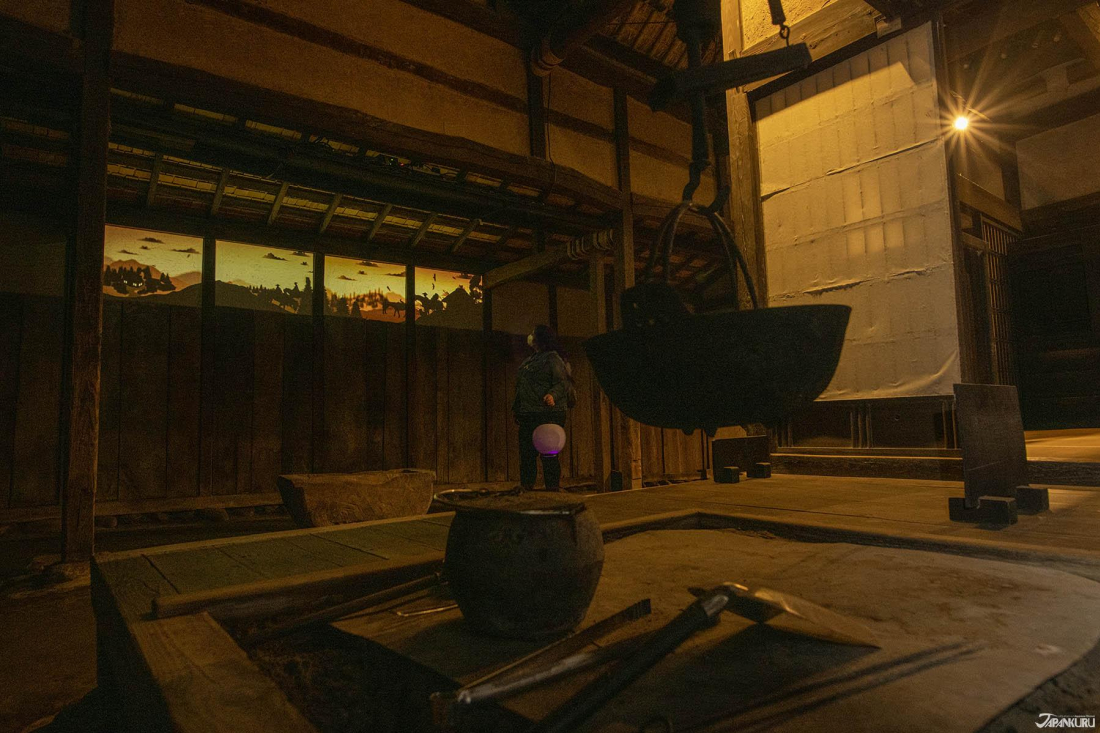
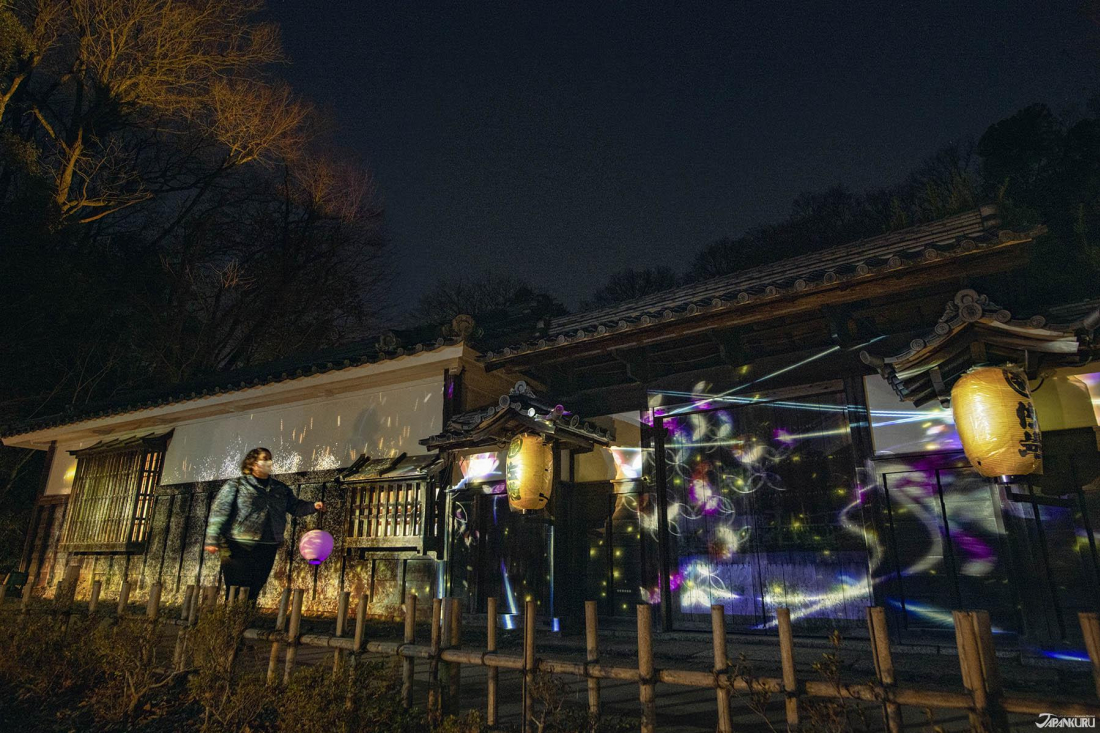
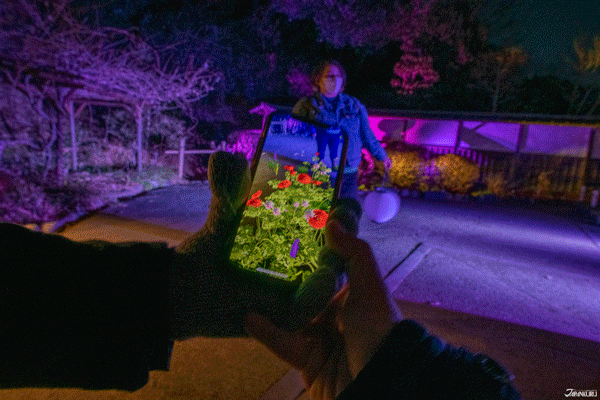
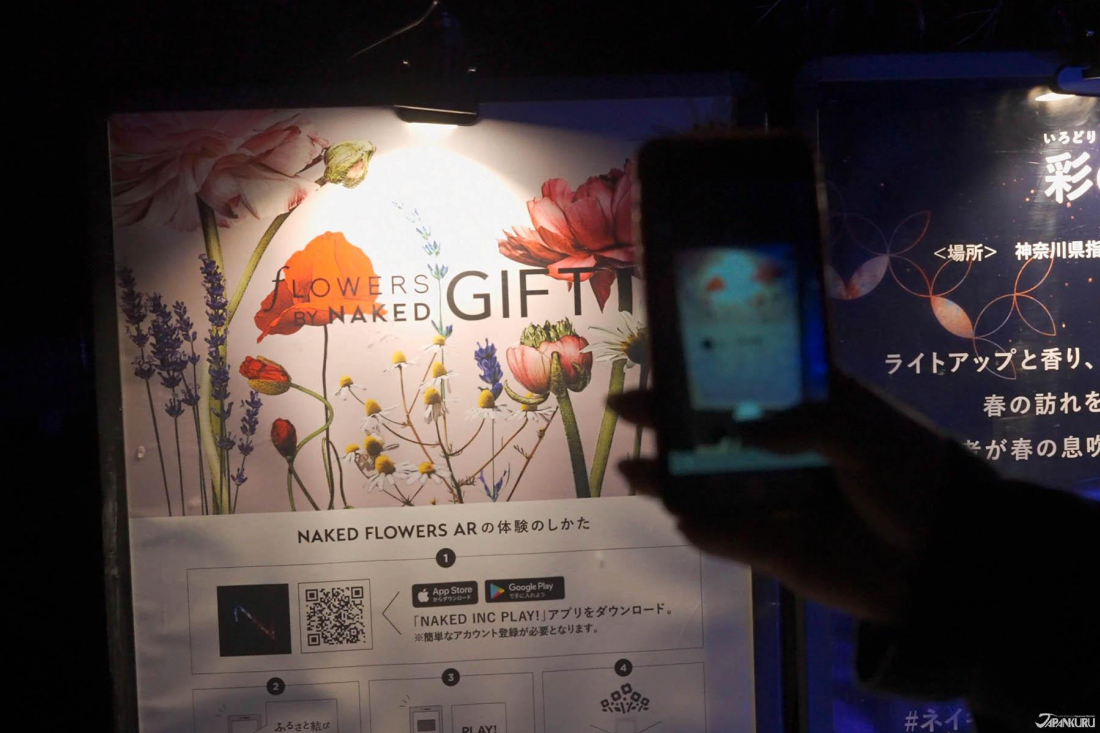
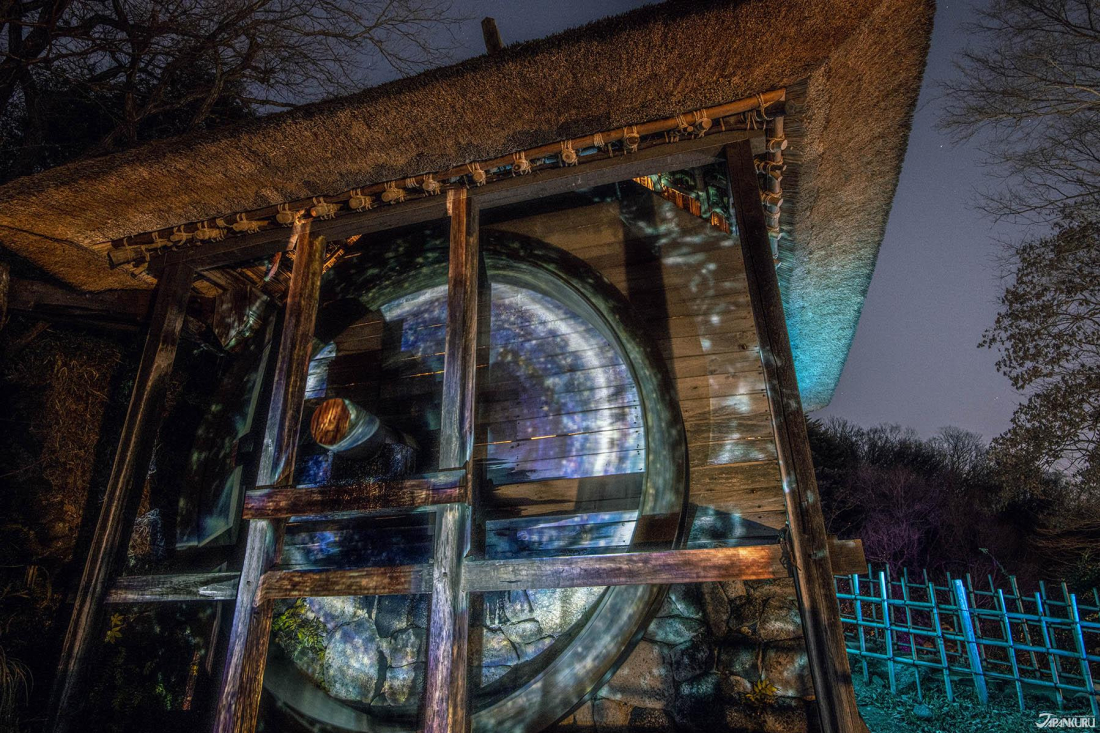
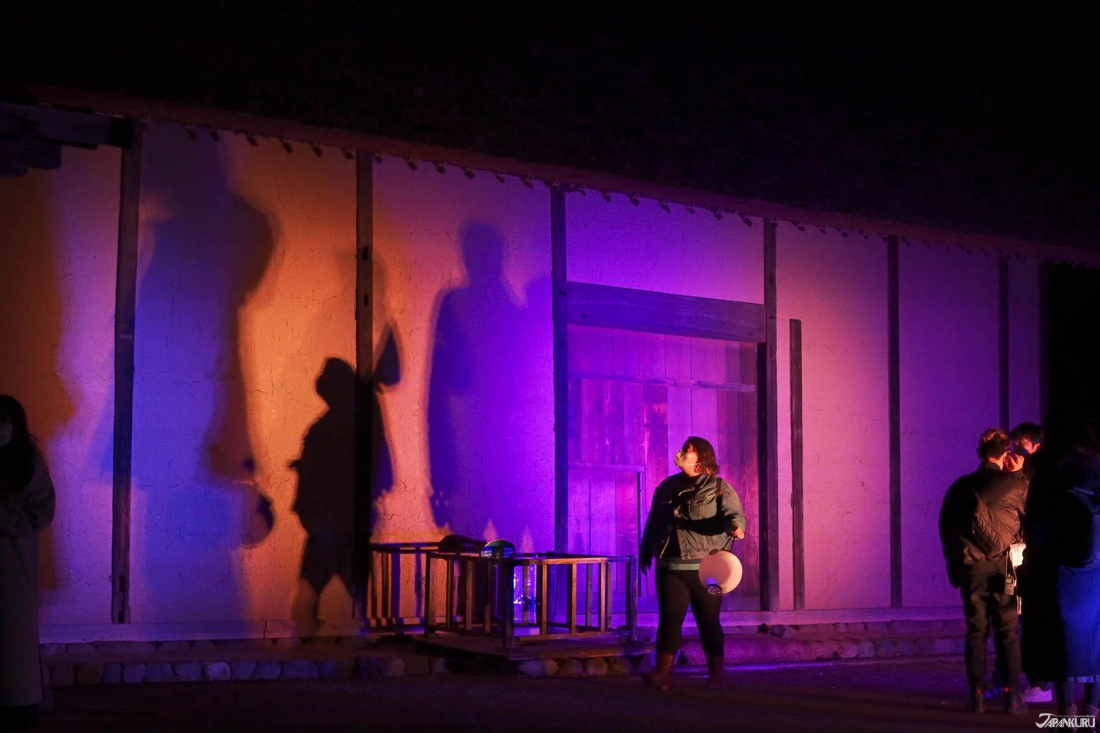
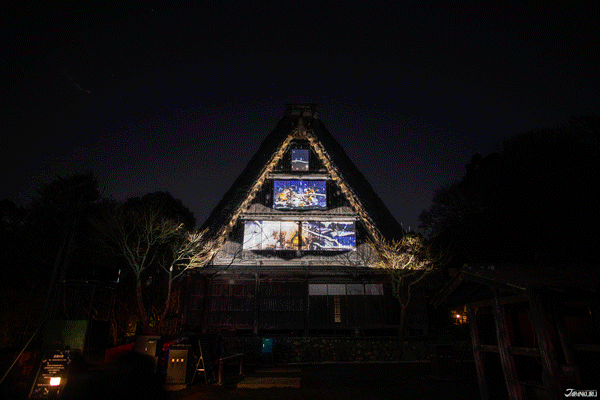
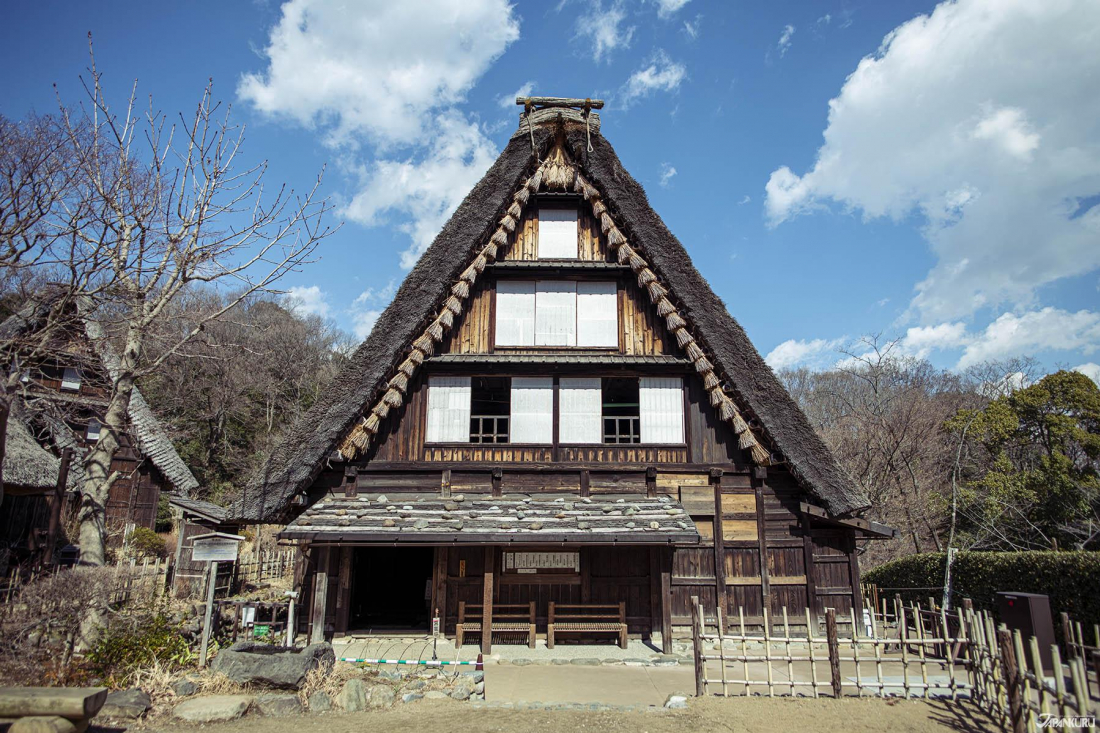
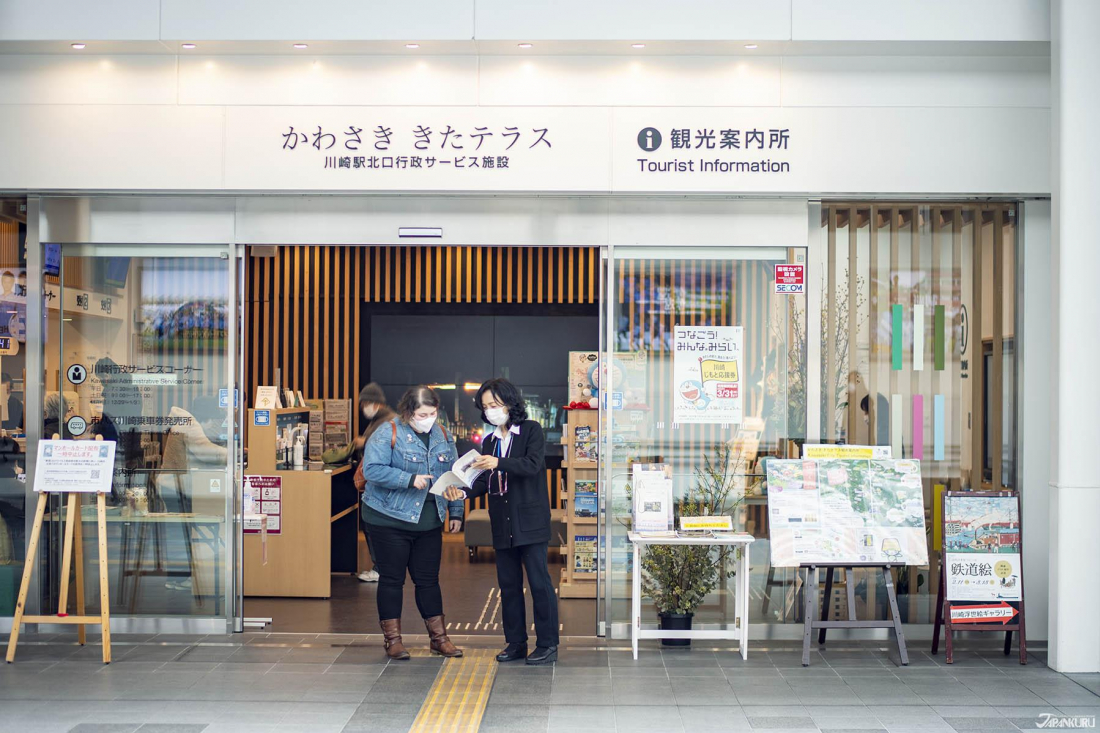




 >> Find out more at Japankuru.com! (link in bio)
#
>> Find out more at Japankuru.com! (link in bio)
#





 The Robot Restaurant is gone, but the Samurai Restaurant is here to take its place. Check it out, and don't forget your coupon!
The Robot Restaurant is gone, but the Samurai Restaurant is here to take its place. Check it out, and don't forget your coupon!
 신주쿠의 명소 로봇 레스토랑이 사무라이 레스토랑으로 부활! 절찬 쿠폰 발급중
신주쿠의 명소 로봇 레스토랑이 사무라이 레스토랑으로 부활! 절찬 쿠폰 발급중
 18歲以上才能入場的歌舞秀,和你想的不一樣!拿好優惠券去看看~
#tokyo #shinjuku #samurairestaurant #robotrestaurant #tokyotrip #도쿄여행 #신주쿠 #사무라이레스토랑 #이색체험 #할인이벤트 #歌舞伎町 #東京景點 #武士餐廳 #日本表演 #日本文化體驗 #japankuru #japantrip #japantravel #japanlovers #japan_of_insta
18歲以上才能入場的歌舞秀,和你想的不一樣!拿好優惠券去看看~
#tokyo #shinjuku #samurairestaurant #robotrestaurant #tokyotrip #도쿄여행 #신주쿠 #사무라이레스토랑 #이색체험 #할인이벤트 #歌舞伎町 #東京景點 #武士餐廳 #日本表演 #日本文化體驗 #japankuru #japantrip #japantravel #japanlovers #japan_of_insta
 코지마 x 빅 카메라 쿠폰으로 일본 가전 제품 쇼핑하기
#pr #japankuru #japanshopping #kojima #biccamera #japaneseskincare #yaman #dji #osmopocket3 #skincaredevice #日本購物 #美容儀 #相機 #雅萌 #日本家電 #일본여행 #면세 #여행꿀팁 #일본쇼핑리스트 #쿠폰 #일본쇼핑 #일본브랜드 #할인 #코지마 #빅카메라 #japankurucoupon
코지마 x 빅 카메라 쿠폰으로 일본 가전 제품 쇼핑하기
#pr #japankuru #japanshopping #kojima #biccamera #japaneseskincare #yaman #dji #osmopocket3 #skincaredevice #日本購物 #美容儀 #相機 #雅萌 #日本家電 #일본여행 #면세 #여행꿀팁 #일본쇼핑리스트 #쿠폰 #일본쇼핑 #일본브랜드 #할인 #코지마 #빅카메라 #japankurucoupon
































 Oita Hello Kitty Airport
Oita Hello Kitty Airport  Lands April 13th
Lands April 13th









